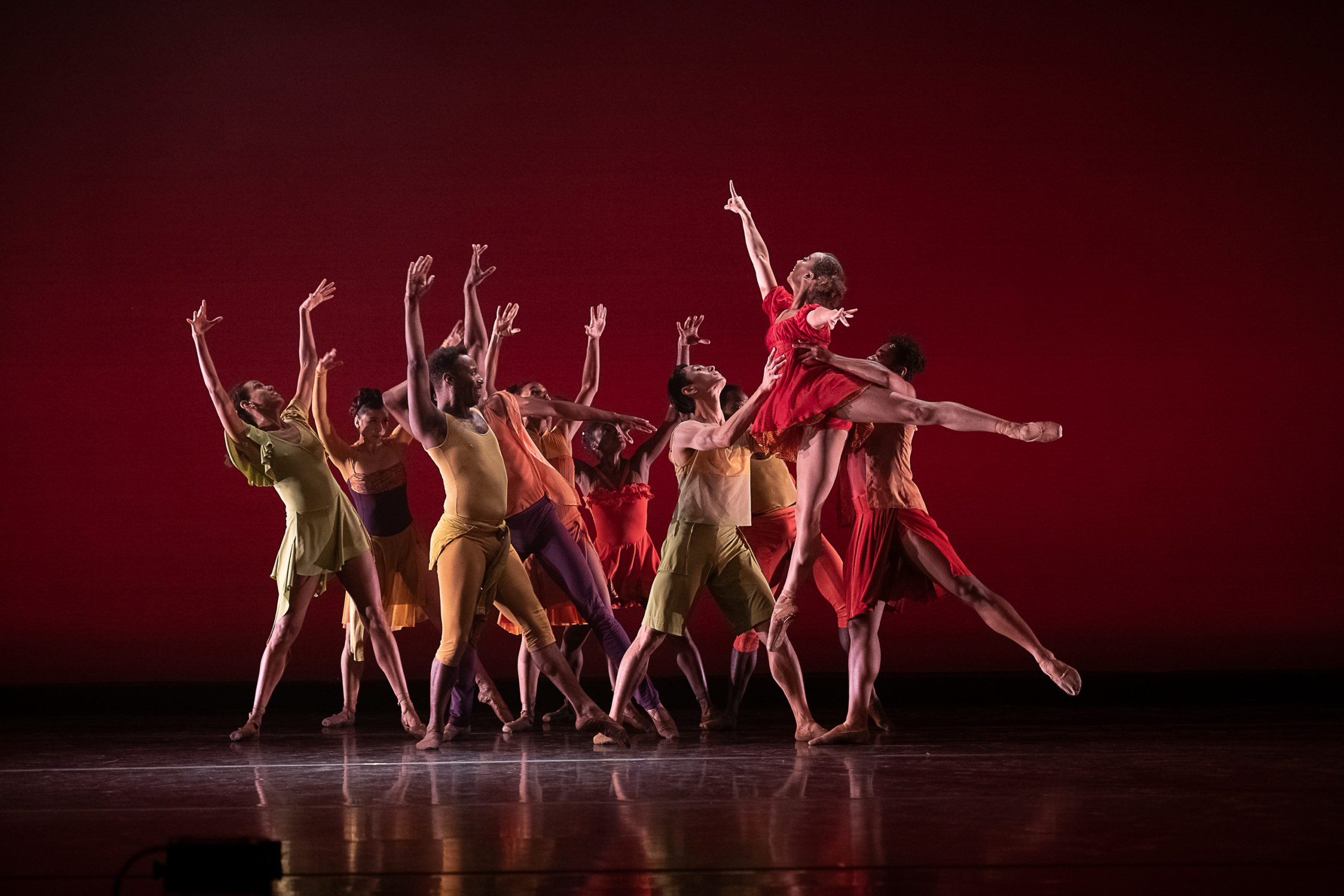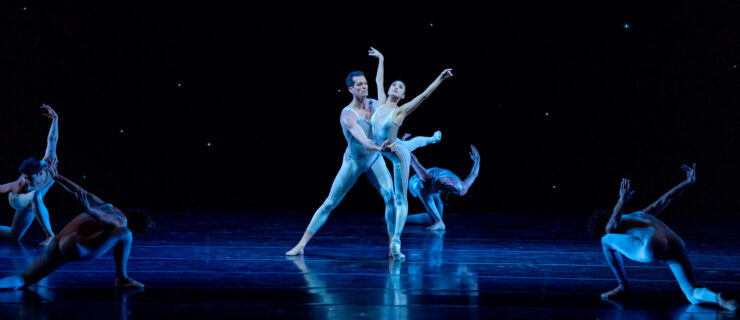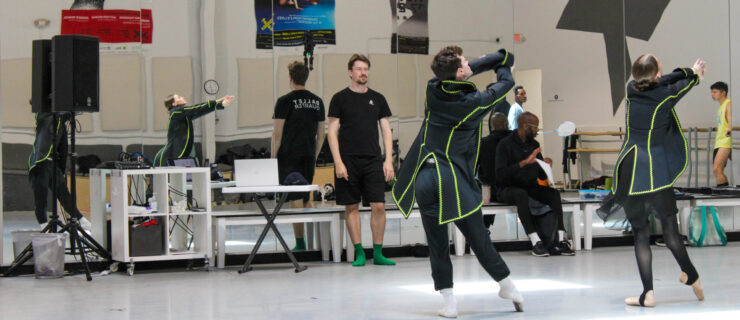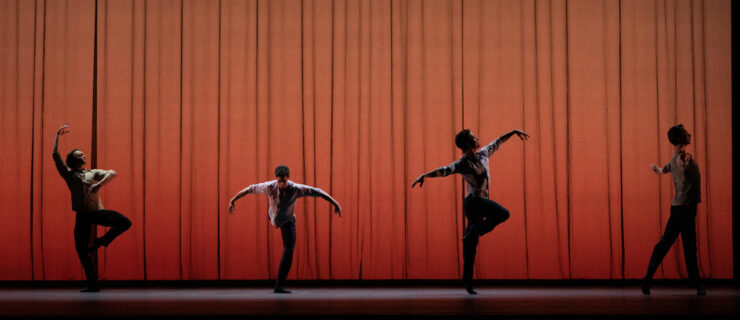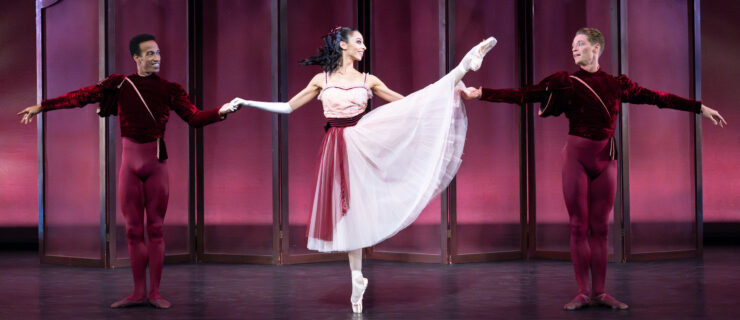The Kennedy Center’s Reframing the Narrative Program Centers and Celebrates Blackness in Ballet
This week, the Kennedy Center presents Reframing the Narrative, a huge event centered on the abundance of Blacks in ballet and their contributions to the art both on and off the stage. Over the last year and a half, Theresa Ruth Howard, founder of Memoirs of Blacks in Ballet, and Denise Saunders Thompson, president and CEO of The International Association of Blacks in Dance, have been working with the Kennedy Center to craft the many moving parts of this carefully curated experience.
The festival performances, running June 14–19, offer two different programs on the Opera House stage featuring Dance Theatre of Harlem, Ballethnic Dance Company and Collage Dance Collective, as well as a new commission by Donald Byrd starring an international cast of guest artists. Each company was selected by Thompson because of their shared roots and connections to DTH founding artistic director Arthur Mitchell. Thompson points out, “They took ballet and made it something very specific to what they were interrogating and how they wanted to present it.” The pieces on the program show how each director has developed a personal variation on a theme over time, and how they present ballet in their communities through their artistic visions.
The newly commissioned piece by Byrd, with music by Kennedy Center composer in residence Carlos Simon, was created as part of a residency that started May 30. The piece stars 11 Black guest artists from around the world, including sisters Precious and Portia Adams (of English National Ballet and Les Ballets de Monte Carlo, respectively), Ballet West principal Katlyn Addison, and Washington Ballet artists Ashley Murphy-Wilson and Gian Carlo Perez. Each dancer was chosen by Byrd and Howard based on what they contribute to the creative space and how they represent ballet’s future.
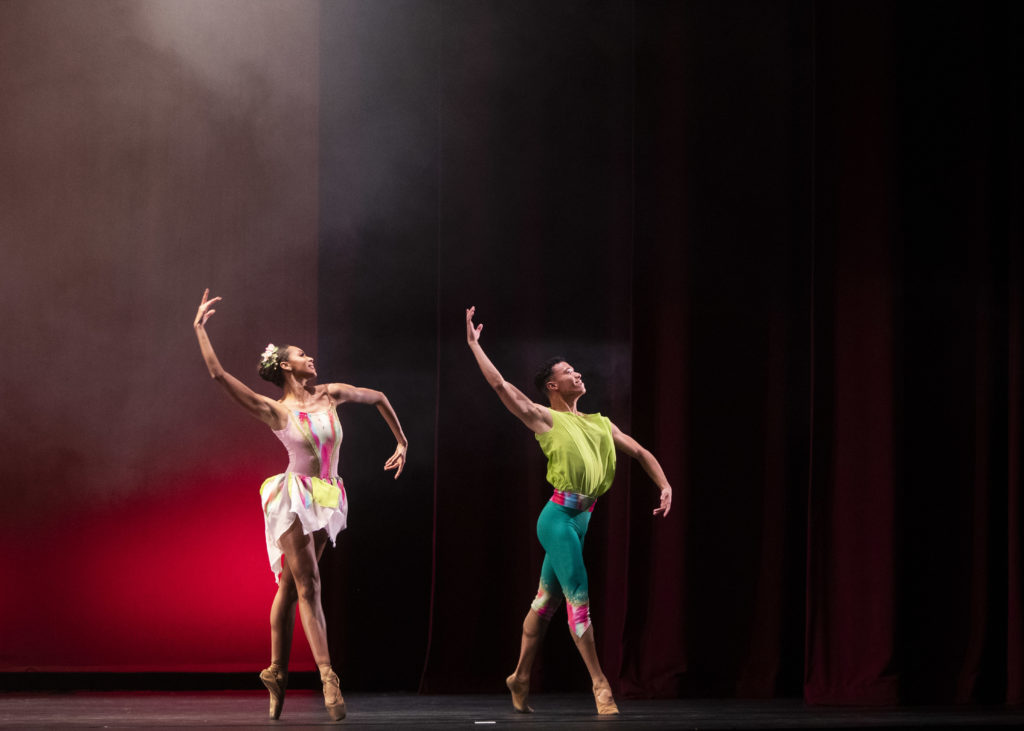
“My intention is to see the spectrum of Blackness in every capacity and the diversity of Blackness in every capacity,” Howard says. For the those in Byrd’s piece, who work in predominantly white companies, dancing in an environment where they are reflected in the bodies around them will hopefully allow them to be their authentic selves in the room and in their art, while providing a safe space for them to take risks in order to grow, says Howard. “It’s an experiment to see the arc of growth and how it will transform the artists to be in this space. What do they take back with them? How are they changed?”
In addition to performances, the festival boasts special events, master classes and panel discussions, as well as exhibits and installations throughout the Kennedy Center. Through QR codes and physical signage set up across the Center’s REACH campus, River Plaza and Grand Foyer, audiences will be able to access context and information about the history of Blacks in ballet and the contributions they have been making for decades. Thompson explains that these aspects of community engagement act as “another way to understand the impact and how deep the roots are for persons of color who have been involved in this art form.”
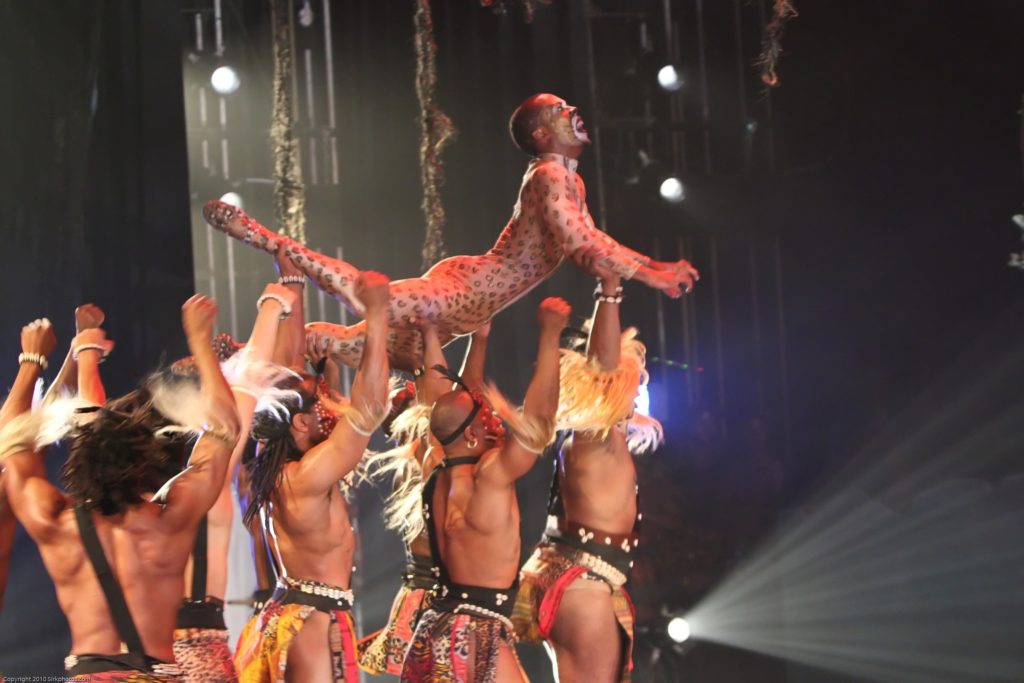
The curators are manifesting Black excellence in both the creative and technical teams and by Howard University students who are assisting in administrative and production capacities. “It’s not just about what you see on the stage,” says Howard. In fact, Reframing the Narrative has been designed to impact everyone involved. The Kennedy Center as an institution is making internal and external connections in ways that can be built upon after Reframing the Narrative closes. Never before has a single production there engaged an all-Black production and creative team: stage manager, lighting director, photographer, curators, musicians, administrators, composers and conductors.
Howard and Thompson invite audiences to come with open minds and hearts, and to think about what Reframing the Narrative means for them. “We’re hoping that people walk away with another sense of what ballet looks like, what it means to them personally and how they engage with the experience,” Thompson says.
More information about Reframing the Narrative can be found at the Kennedy Center website.
